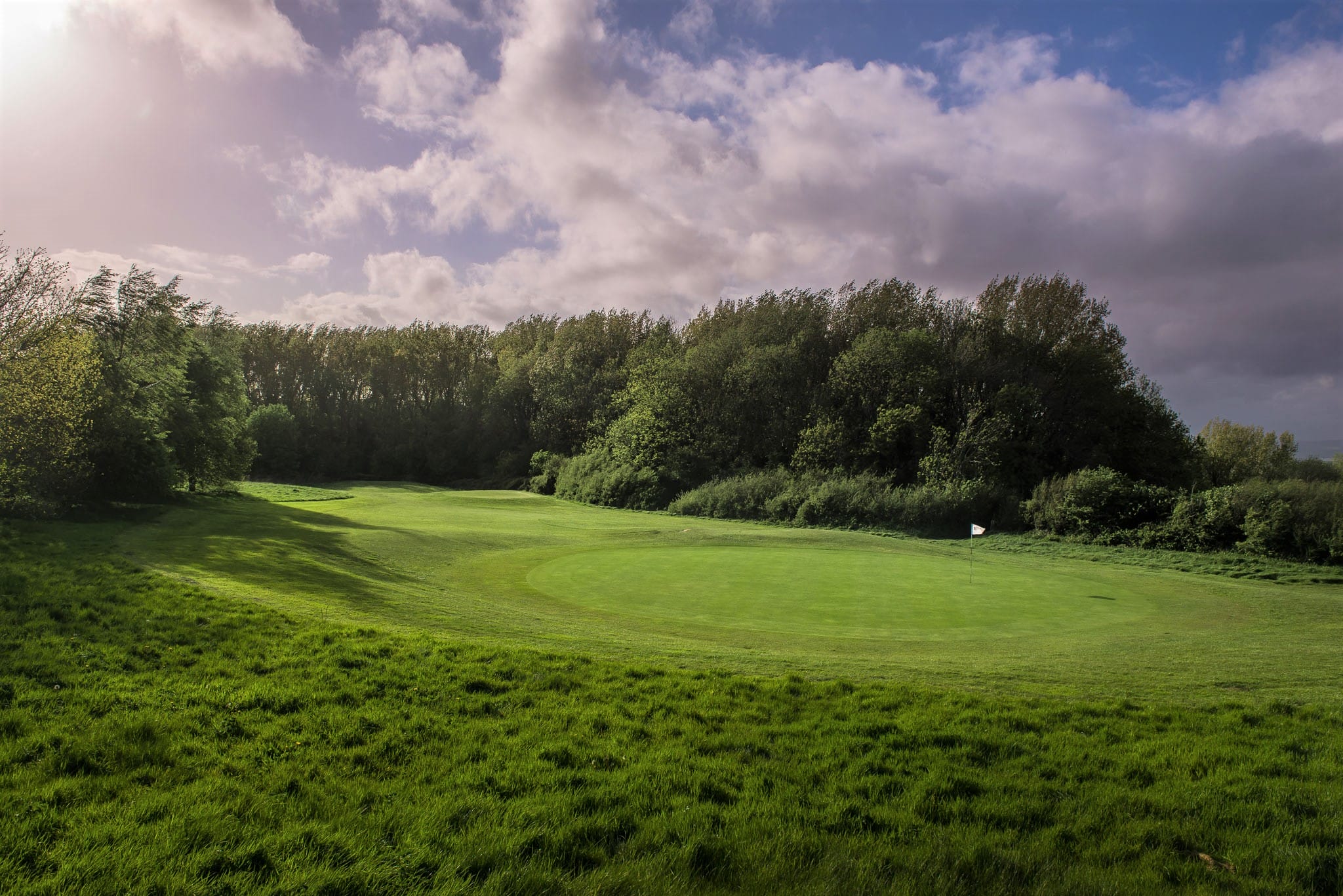
Caroline, General Manager, has committed to 7 fundamental commitments which frame our strategy of how we will become Net Zero. Thornbury Golf & Lodge part of the BGL Group has been a leader in sustainable golf and climate action and will continue to strive towards a greener future.
Our commitments are aligned to the Sustainable Golf Themes, Action Areas, OnCourse® tracking, Annual Scorecards and 5 yearly Certification provided by GEO Foundation (Golf Environmental Organisation) for Sustainable Golf.

We are proud to present what we have achieved so far across Energy, Water and Waste, and are committed to continuing our hard work within Sustainability and reducing the effects we have on the environment for the benefit of our employees, members, visitors and guests.
Responsible procurement across our supply chain and exceeding legislation.
Engage staff and customers to foster their understanding, support, action and pride.
Minimise emissions across operations, maximising carbon storage across golfing landscapes.
Being efficient with clean and renewable energy; diversify water sources and minimise consumption; reduce single use materials and waste to landfill.
Protect and enhance habitats, biodiversity, and ecosystem services, manage turf responsibly and avoid pollution risks.
Provide health and wellbeing through accessible products, while continuing to outreach into communities as a force for good and behaviour change.
Track and analyse sustainability performance indicators to create annual facility and group wide reports and recommendations.
Thornbury Golf & Lodge is located to the north west of Thornbury, with the Severn Estuary to the north and approximately 5 miles north-west of Bristol. The site benefits from a relatively free draining loamy topsoil, with an underlying mud stone and limestone bedrock, topographically on an area of low rolling hills overlooking the floodplains of the Severn.
The site has significant history dating back to the Norman conquest and was originally used as a deer park before coming into agricultural use. The farm buildings are still very clearly recognisable and are still in use for maintenance buildings, plus the old farm house used for accommodation. The current clubhouse building is approximately 30 years old, dating back to the early 1990s, when Burhill Golf and Leisure purchased the farm repurposing it as a golf and leisure facility.
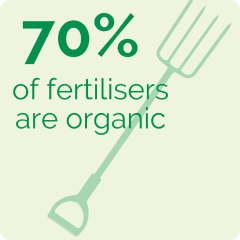
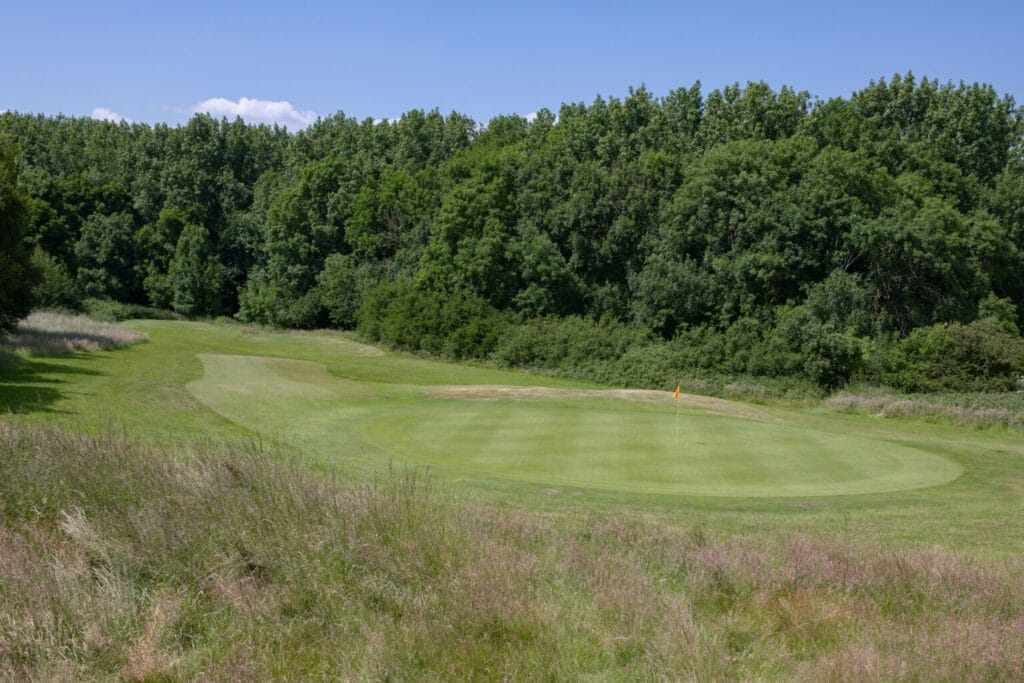
The historic use of Thornbury Golf & Lodge as agricultural land has resulted in a pattern of hedges and veteran trees defining what were the old field boundaries. We have undertaken significant planting programmes to help create the current more defined parkland golf setting, allowing wildlife corridors across and beyond the estate to link up with Kington Grove, and the broader surrounding area of land.
We have continued to sympathetically manage the existing hedge and woodland across our site with particular attention to the area abutting Kington Grove, which is noted as a deciduous woodland BAP Priority Habitat and National Inventory of Woodland and Trees on the DEFRA Magic website.
The site at Thornbury Golf & Lodge provides a range of habitats including broadleaf woodland, unimproved grassland, and open areas of water, and although there are no statutory designations or obligations on the club, they do take pride in the management of the course to ensure that it provides significant ecological benefit to the local area.
Continued engagement with the Wildlife Trust, along with a new collaboration with The Woodland Trust, will allow plans to be developed to continue the natural enhancement of the site.
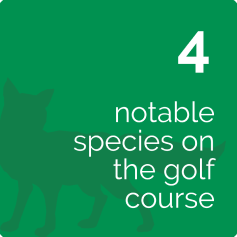
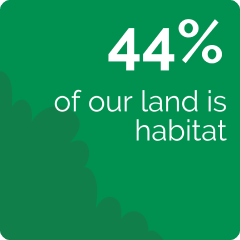

Irrigation water for the club is provided by a combination of a borehole with an abstraction licence and rainwater held in a naturalised pond on the golf course, following a water resilience review started 10 years ago.
With the prospect of further changes to abstraction availability, we are currently reviewing and revising our water resilience plans to seek alternative water supplies. We are working closely with the Environment Agency, water companies, The Rivers Trust and Natural England to contribute towards a more integrated water management system by using and storing problem water for future irrigation.
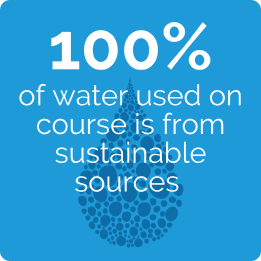

We have an ongoing process of energy review, most recently, in early 2023, we undertook an energy audit highlighting the potential to reduce our consumption by over 47,000 kwh/year (approximately 12 tCO2/year). We are in the process of implementing the recommendations.
Our transition to renewable energy started with an offsite Certified Renewable Energy supply that has reduced our emissions by over 32 tCO2e per year, a reduction equivalent to driving a petrol car 60,000 miles averaging 36 mpg.
We are reviewing the potential for the installation of solar PV and the transition to a Certified Green Gas supply to further reduce consumption and emissions.
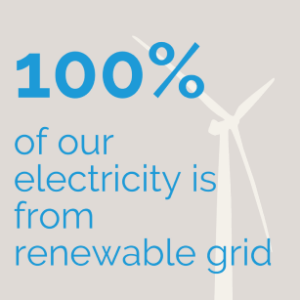


We ensure hazardous materials are stored in bunded containers, and dispensed on a closed loop wash pad, containing any spills and using recycled water to wash equipment. We work closely with our licensed waste contractors to responsibly store and dispose of hazardous materials, minimising environmental impacts and improving the destination.
Partnering with First Waste, we are in the process of implementing the recommendations of a waste audit conducted through July and August of 2023, we are currently engaging with our supply chain to help reduce the amount of waste coming to site, improve recycling rates, and to reduce delivery mileage.

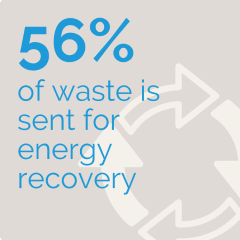
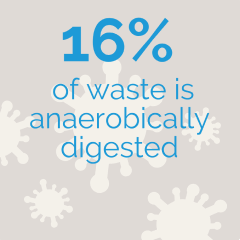
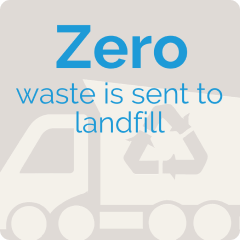
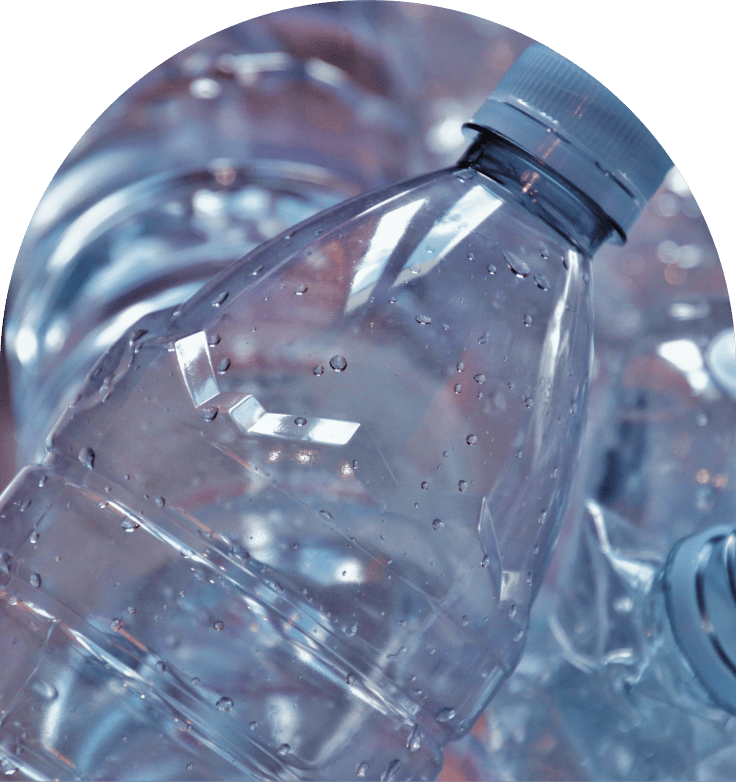
The wider benefit of our facility includes improved air and water quality, reduced urban air temperatures in heatwaves, reduced surface water runoff in heavy rainfall events, and a range of managed habitats hosting a range of protected and more common species, and managed footpaths allowing the public and golfers to enjoy the breath-taking scenery.
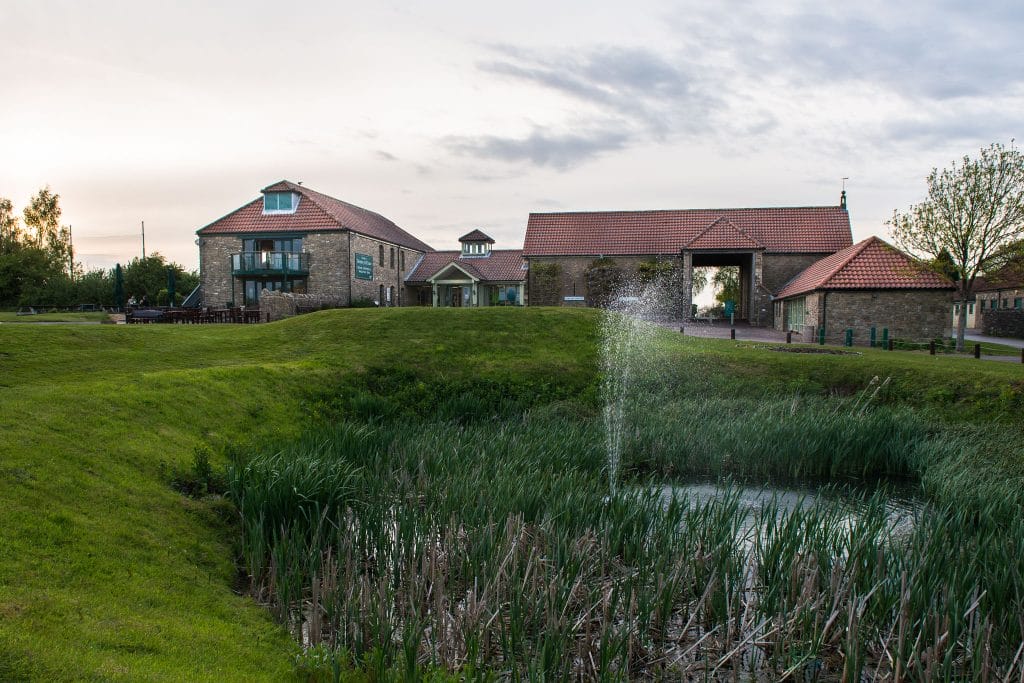
The greenkeeping team at Thornbury Golf & Lodge have recently installed several new bat boxes made from recycled plastic. These boxes are strategically placed in the garden of the 15th Century lodge building and in the trees surrounding the 10th tee of the Severn View course. Positioned 4 meters above ground level and away from artificial light sources to prevent predation, they provide the ideal habitats for bats.
By creating these bat boxes, we aim to promote biodiversity on the course. Bats not only contribute to the diversity of species but also assist in controlling various insect populations by feeding on them. This natural pest management approach reduces our reliance on conventional pest control methods.
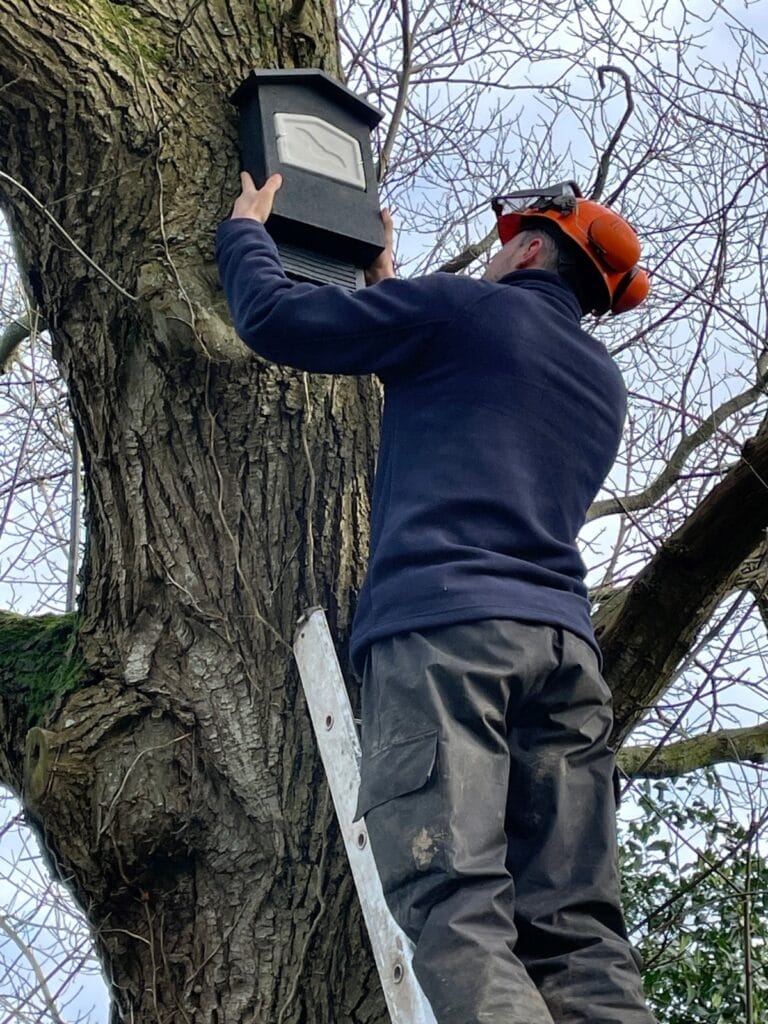
Understanding of scopes 1, 2 and 3 will enable us to quantify our carbon taken in by the natural environment compared to what we are emitting.
Scope 1 looks at fuels burnt on site, including Gas, Petrol & Diesel from owned vehicles
These are fuels consumed on site but created offsite – which would be Grid Electricity
Scope 3 includes everything else, including:
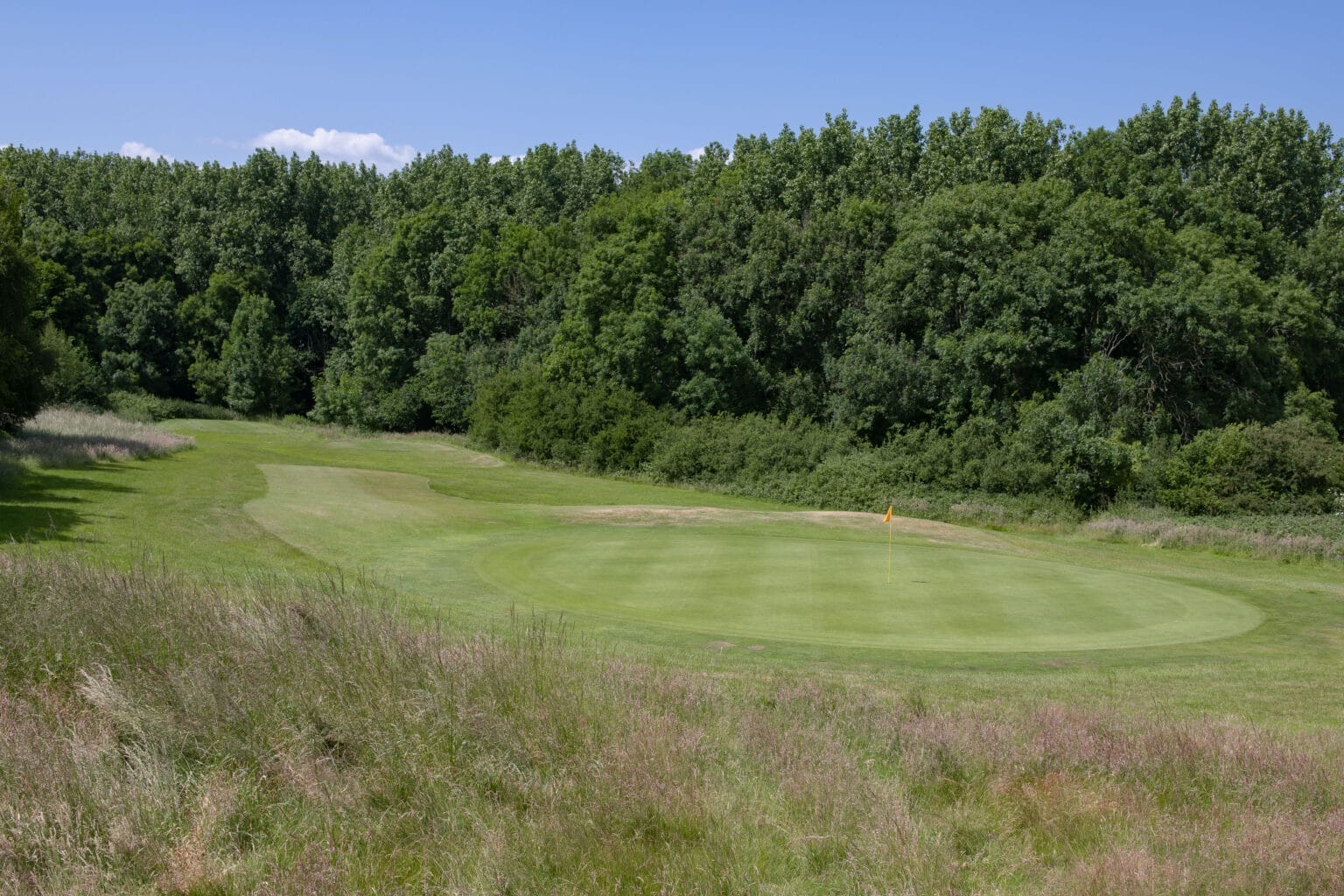
We are on a journey to achieve net zero, as part of the process we are measuring our Green House Gas (GHG) emissions, and reviewing the carbon dioxide taken in by the land and habitats we manage.
Golf Environment Organisation has confirmed that our course is taking in 109 tCO2e every year, equivalent to flying to Hong Kong 31 times! We are working with the Woodland Trust to increase the amount of carbon taken in every year throughout the plantation process throughout the facility and reviewing the areas in play.
In 2019, our Scope 1 and 2 emissions were 136 tCO2e, this has fallen to 58 tCO2e in 2023 – a 57% reduction!